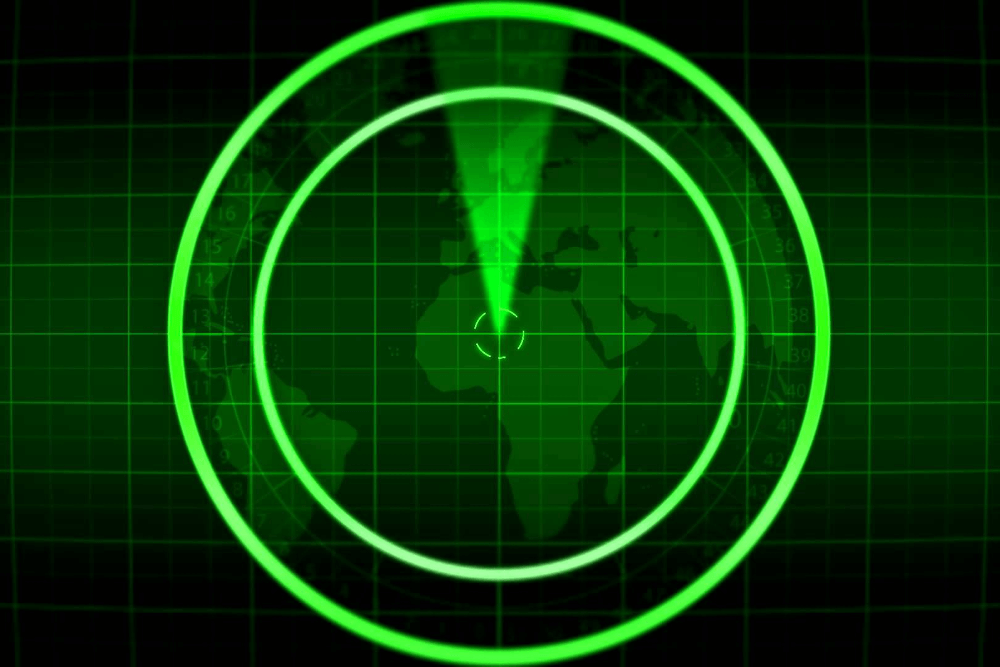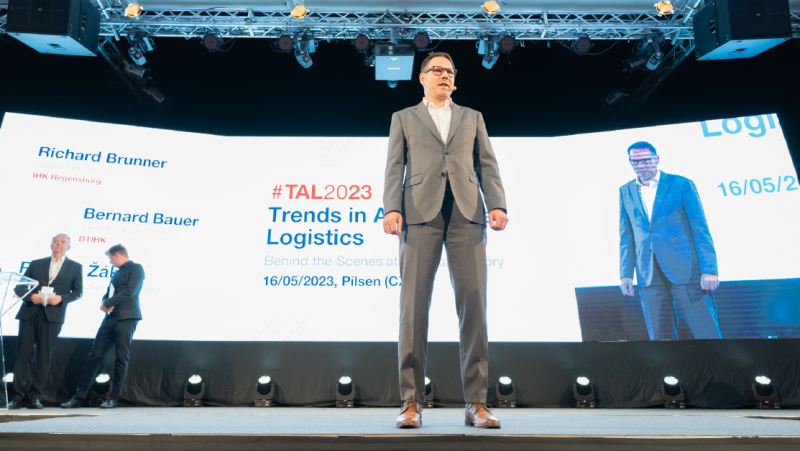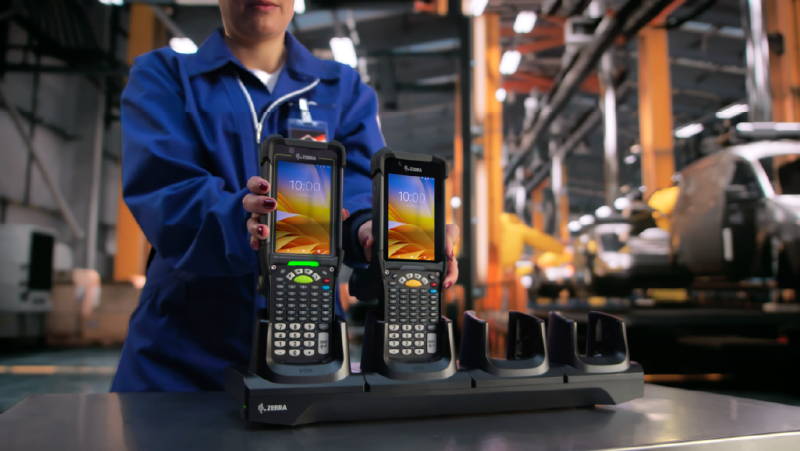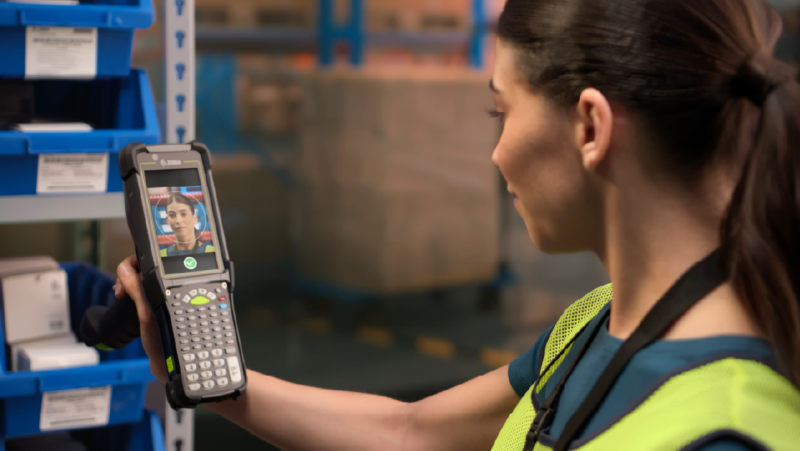Sonar Logistics Concept: Revolution in Management of Supplier Chain
- Trends
- Article
Digitization, digitization, digitization. We can hear it from all directions. Almost every company has an expert for Industry 4.0 and digitization, designs and implements projects. However, the space among companies, suppliers and customers is still silent, even today.
A customer orders parts, sends an electronic order to the supplier, and until the last moment, the customer is expecting, whether the parts will be received. And the customer needs to get the parts from all suppliers. And how does it come out? Telephone calls, refinements, meetings, replanning, production adjustments, substitute transport, ordering somewhere else with surcharge, etc. One of the solutions might be the Sonar Logistics Concept (SLC).
Imagine you would not take the volume of parts and materials in your warehouse inventory into account during planning. Logistics would be managed by another company, and you would not deal with the issues at all, whether the material is or is not available. You would simply adjust optimum production batches and say: come on, logistics, deliver the parts. There is a good reason for a clever man once said that “the future will not be the competition of companies, but of whole supplier chains”. Therefore, we deal with the issue, what new the digitization of supplier chain will bring – will not that be, by any chance, a revolution?
What is happening today just before the parts are delivered to customer
In this case, we, the customer, plan the production, take respect of our inventory, take valid purchase orders into account, and based on needs, we generate new purchase orders, or specify existing call-offs in more details. We send them electronically to our suppliers. However, we do not receive any information back from them, so we count by default to obtain all ordered items. Correct quantity and quality of parts in required deadline. We receive the first clear response, an electronic one, too, at the moment the supplier has loaded the parts to truck, now starting its journey to us. Not seldom, it happens that so called electronic advice of the delivery is sent by the supplier just before the truck is entering our plant. And we make telephone calls, refine, negotiate, verify, change plan, do a lot of work, and spend additional money.
Sonar, or echolocation
Could the job be simpler? Could the job even be eliminated? What the computer could do for us? And this is the answer, why the Sonar Logistics Concept. Seafaring and submarines are the ideal examples. The submarine regularly sends signals to its surroundings, and the signals are bounced back from other objects and obstructions. The submarine has a perfect overview and knows exactly, where to float without crashing. The sonar means for us, we obtain such information from our suppliers, which will be used for the navigation of our submarine with as low costs as possible, and with maximum performance without any losses.
The future is digital, computer communicates with another computer
Let’s have a daydream. The future is digital. A computer communicates with another one. Now, we will modify the first example described. Identically with the first example, the computer generates a plan and requests for suppliers. They are sent as orders or call-offs by the computer. The computer at the selected supplier processes our requests, and compares them with plan and production capacity of the supplier. It responds to our computer, what and when will be delivered, including the level of certainty, and the safety stock it accounts for. Our computer keeps on verifying that no one of our suppliers endangers our plan of production, and communicates with the suppliers’ computers about current changes. Our computer receives information from the production about failures, downtimes, accidents. Based on the last requests, production capacity, and current capabilities of our suppliers, it selects the optimum version, and sends final specification to computers of our suppliers, what should be loaded and sent today. The computer of the supplier confirms loading and sending. And suddenly, there is a change. No telephone calls of managing clerks, no planning meetings, no production stopping, no additional transportation, no additional costs.
Why your computer could not connect to the computer of your carriers? It could also respect transportation limitations during the production planning. Who else should it also connect with? However fictitious this story is, it already works commonly within a single plant, and the production planning and management considers all real limitations. Correct, the path to the state described is thorny, but the biggest obstruction will be in people’s heads, in us. And we will keep on searching reasons why there is a no go. However, the technology is mostly prepared to it even today. One example for all. The SAP you have been using is capable of incorporating current warehouse stock at your suppliers into the planning.
Sonar Global Logistics Concept (SGLC)
More and more questions come to my mind. How to technically provide the connection between our computer and the suppliers’ computers, how to create phases of this huge project, and split it into partial consecutive projects? What savings would such project bring to a single supplier? Not only labour savings are in the game, but the reduction of production processing time, reduction of safety stock, etc. And if taken globally, from the car factory to every single supplier, it would be a lot of money, it would be a nice Sonar Global Logistics Concept (SGLC). You can expect the answers next time.
Share article
Top stories from logistics, production and IT.
Subscribe to Aimtec Insights
By registering, you agree to the processing of your personal data by Aimtec as described in the Privacy policy.
Get top stories and articles
from Logistics, Production and IT.
Subscribe to Aimtec Insights
By registering, you agree to the processing of your personal data by Aimtec as described in the Privacy policy.







